Buy the photo Knesset menorah with the biblical history of Israel by resuimages on canvas, ArtFrame, poster and wallpaper, printed on demand in high quality.
About "Knesset menorah with the biblical history of Israel"
by resuimages
About the artwork
The menorah, near the Knesset parliament building in Jerusalem, commemorates the days of Israel's liberation from slavery and the formation of a nation as a generation wandered through the desert. A key element in the unification of the Jewish people into "one nation under God" was the Mishkan, the tabernacle in the desert, with the golden seven-branched lampstand that lit the way. Centuries later, the menorah became the symbol of the Holy Temple in Jerusalem, where it stood in the Holy Place along with the altar of incense and the table for the shewbread. Every evening it was lit by one of the Levites. In the days of the Maccabees (1st-2nd century BC), the menorah became a symbol of the national aspirations of the Jewish people. When the Second Temple was destroyed by the Romans in 70 AD, the victors used the menorah to demonstrate their conquest of the Jewish people by placing it on the Arch of Titus in front of the Coliseum in Rome. The destruction of the Temple and the conquest of the menorah ended Jewish autonomy in the Land of Israel and ushered in a 1,900-year exile. Then, when the modern state of Israel came into being some 2,000 years later, the menorah was chosen as the nation's emblem, symbolising the continuity of the eternal Jewish people from its meagre beginnings and throughout history.

About resuimages
Reiner Sutter aka resuimages has been an enthusiastic and ambitious hobby photographer for more than 35 years. He started with digital photography more than 20 years ago and developed his skills step by step. Today's photography offers him the opportunity to combine his knowledge as a computer expert with the.. Read more…
 Netherlands
Netherlands Ordered in July 2024
Ordered in July 2024
 Netherlands
Netherlands Ordered in February 2021
Ordered in February 2021
 Netherlands
Netherlands Ordered in October 2020
Ordered in October 2020
 Netherlands
Netherlands Ordered in February 2018
Ordered in February 2018
 Germany
Germany Ordered in March 2021
Ordered in March 2021
 Germany
Germany Ordered in October 2021
Ordered in October 2021
 Netherlands
Netherlands Ordered in October 2022
Ordered in October 2022
 Germany
Germany Ordered in September 2019
Ordered in September 2019
 Netherlands
Netherlands Ordered in May 2024
Ordered in May 2024
 Germany
Germany Ordered in November 2020
Ordered in November 2020
 Netherlands
Netherlands Ordered in January 2024
Ordered in January 2024
 Germany
Germany Ordered in October 2019
Ordered in October 2019
About the material
ArtFrame™
Interchangeable Art Prints
- High-quality print
- Easily interchangeable
- Acoustic function
- Large sizes available
Discover the artworks of resuimages
 Swimmingpool in Puig Moltoresuimages
Swimmingpool in Puig Moltoresuimages Spring White Orchids with Purple Heartresuimages
Spring White Orchids with Purple Heartresuimages Vineyards in Baden near Varnholtresuimages
Vineyards in Baden near Varnholtresuimages Pomegranate is said to be a super fruitresuimages
Pomegranate is said to be a super fruitresuimages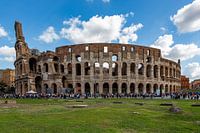 The Colosseum in the heart of Romeresuimages
The Colosseum in the heart of Romeresuimages Mekong - the mother of waterresuimages
Mekong - the mother of waterresuimages The Charles Bridge in Pragueresuimages
The Charles Bridge in Pragueresuimages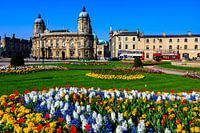 Kingston-Upon-Hull in Springresuimages
Kingston-Upon-Hull in Springresuimages Grass pasture in the Kakheti prairieresuimages
Grass pasture in the Kakheti prairieresuimages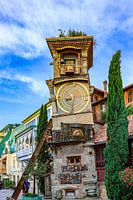 The bell tower of Rezo Gabriadze in Tbilisiresuimages
The bell tower of Rezo Gabriadze in Tbilisiresuimages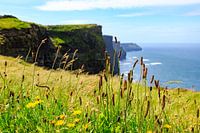 Cliffs of Moher, County Clareresuimages
Cliffs of Moher, County Clareresuimages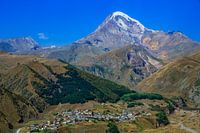 Stepantsminda and the holy mountain Kasbekresuimages
Stepantsminda and the holy mountain Kasbekresuimages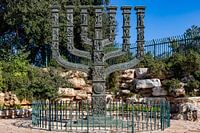 Knesset menorah with the biblical history of Israelresuimages
Knesset menorah with the biblical history of Israelresuimages Red cotton tree in Tel Avivresuimages
Red cotton tree in Tel Avivresuimages Busy honey bees harvest the nectarresuimages
Busy honey bees harvest the nectarresuimages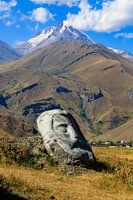 Gigantic Sculptures Near the Georgian Army Roadresuimages
Gigantic Sculptures Near the Georgian Army Roadresuimages Lotharden monument on the Siedigkopfresuimages
Lotharden monument on the Siedigkopfresuimages The old tree won't give upresuimages
The old tree won't give upresuimages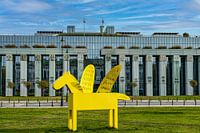 The Supreme Court in Warsawresuimages
The Supreme Court in Warsawresuimages Pak Ou Cavesresuimages
Pak Ou Cavesresuimages
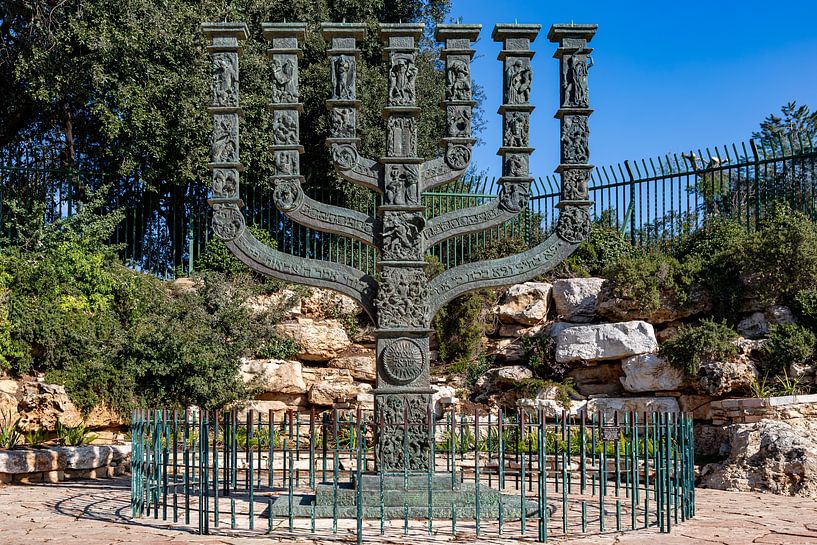

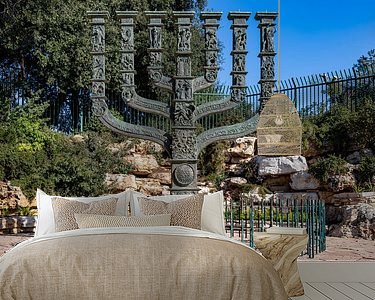



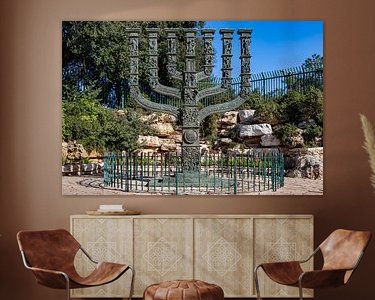





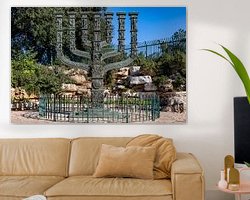
 Countries & Travel
Countries & Travel Photo wallpaper
Photo wallpaper Photography
Photography Rome
Rome Serene Peace
Serene Peace









